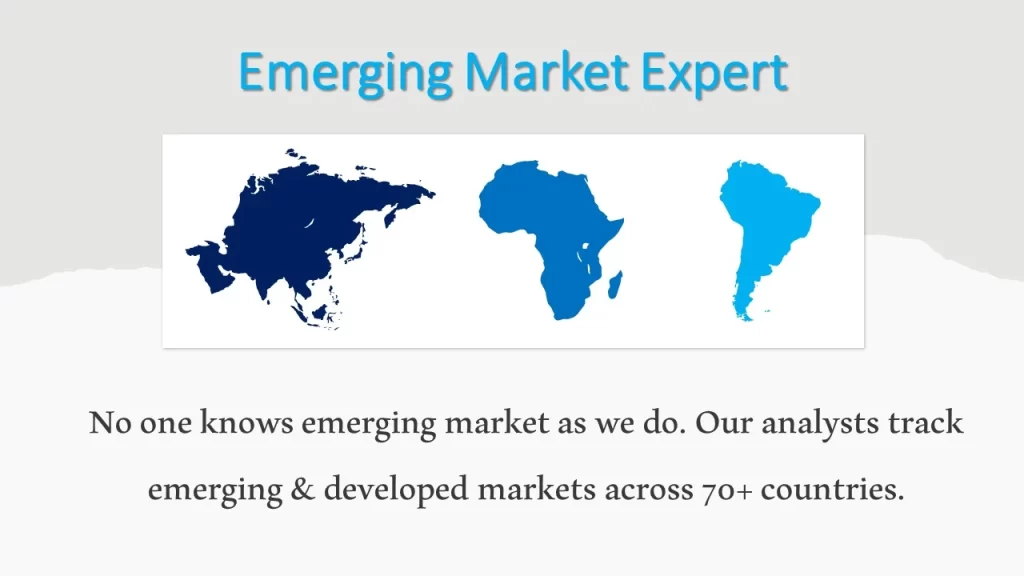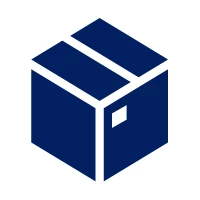GCC Ultra-Thin Glass Market by Manufacturing Process (Float and Fusion), By Thickness (<0.1mm, 0.1-0.5mm, 0.5–1.0mm and 1.0–1.2mm), By Application (Semiconductor Substrate, Touch Panel Displays, Fingerprint Sensors, Automotive Glazing, and Others), By End-Use Industry (Consumer Electronics {Smartphones, Televisions, and Wearable Devices}, Automotive, Biotechnology, and Others) and By Countries (UAE, Saudi Arabia, Oman, Kuwait and Rest of GCC) – Opportunities & Forecast, 2019-2026
Ultra-Thin glass consists of a set of high-end glasses composed of borosilicate glass, aluminosilicate glass, or soda lime glass, providing excellent chemical durability, thermal stability and mechanical resistance. With a thickness under 2 mm and other remarkable properties such as light-weight, scratchproof and fall resistance abilities makes it suitable for different applications including Semiconductor Substrate, Touch Panel Displays, Fingerprint Sensors and Automotive Glazing. Its flexibility and blending property help in maintaining the sustainability in varied industrial purposes.
To have an edge over the competition by knowing the market dynamics and current trends of “GCC Ultra-Thin Glass Market”, request for Sample Report here
The major factors contributing towards the growth of GCC ultra-thin glass market includes the growing usage of the energy-efficient and light-weighted glass material across various industries such as electronics and semiconductors, increasing utility of the ultra-thin glass in solar products and the continuous development in the Information Technology sector and allied industries in the GCC. With the rapid urbanization and high disposable income of the middle-class families, the consumer’s preference is shifting towards larger touch-panel displays and electronic devices such as LCDs, LEDs and OLEDs. This swift change in the consumer’s need is contributing towards the growing demand of the GCC Ultra-thin glass market. Moreover, the trending smartwatches seems to be a must-buy product for the millennial and is witnessing a rising share in the wearable industry. Thus, the rising demand for smartphones and smartwatches is anticipated to drive growth of the GCC Ultra-thin glass market. In addition, the usage of Ultra-Thin glass in the solar panels has witnessed a significant rise in the recent past. For instance, Dubai Airport has successfully installed a solar energy system comprising 15,000 photovoltaic panels at Terminal 2 International Airport with an annual capacity of 7,483,500, kWh. The expansion in demand is attracting new manufactures to enter in the market, however huge capital investment and complicated production process is restraining new entrants into the market.
Do you want to know more about the Research process and detailed Methodology, Request Research Methodology of this report
Based on Manufacturing Process, the GCC ultra-thin glass market is segmented into Float and Fusion. The Float ultra-thin glass is expected to grow at a higher rate during the forecast period owing to it’s increased usage in various industries in the country. It is composed by silica sand powder, soda ash and dolomite having exceptional properties including its flat thin surface (<0,03mm) and clear appearance with minimum optical distortion. All these features along with the flexibility of the glass for different application is surging the growth of the GCC Ultra-thin glass market over the forecast period.
Based on Thickness, the GCC ultra-thin glass market is segmented into <0.1mm, 0.1-0.5mm, 0.5–1.0mm, and 1.0–1.2m. The <0.1mm thickness of the ultra-thin glasses is growing because of the more bending radius in comparison to the different thickened glasses. The <0.1mm thickness reduces the possibility of breakage, improves flexibility and resistance ability, acting as a competitive advantage while boosting the demand of ultra-thin glass in the GCC region.
Based on Application, the GCC ultra-thin glass market is segmented into Semiconductor Substrate, Touch Panel Displays, Fingerprint Sensors, Automotive Glazing, and Others. The fingerprint sensors segment is projected to grow at a higher CAGR owing to the significant growth for biometric technology over the forecast period. The high adoption of biometrics by government bodies in order to improve security, the increasing usage of fingerprint sensors in different consumer devices for biometric authentication and rapid digitization in the process of attendance recording are the major factors driving growth of the GCC Ultra-thin glass market.
Based on End-Use Industry, the GCC ultra-thin glass market is segmented into Consumer Electronics, Automotive, Biotechnology, and Others. Consumer Electronics segment is projected to account for the higher CAGR owing to increasing consumer’s demand for the electronic products such as smartphones, LCDs, LEDs and OLEDs. In addition, the fast-growing population, increasing number of tourists and the expansion of the hospitality sector is likely to complement the demand of the GCC Ultra-thin glass market.
In case, any of your pain points areas are not covered in the current scope of this report, Request for Customization here
Based on the countries, the GCC ultra-thin glass market is segmented into UAE, Saudi Arabia, Oman, Kuwait, and the rest of GCC. Saudi Arabia is projected to grow at a higher rate during the forecast period owing to the increasing adoption of smart glasses in the infrastructure development and more usage of the electronic device in the young population. Moreover, the supportive economic development and the growing healthcare and biotechnology sector in Saudi Arabia will open new opportunities for massive investments, thereby boosting the demand of GCC ultra-thin glass market.
Various notable players operating in the market includes Corning Incorporated, AGC Inc., SCHOTT AG, Changzhou Almaden Co. Ltd., Xinyi Glass Holdings Limited, Nippon Sheet Glass Co., Ltd, Obeikan Glass Company, among others.
The GCC Ultra-Thin Glass market has been segmented based on Manufacturing Process, Thickness, Application, End-Use Industry, and key countries. Based on Manufacturing Process, the market is segmented Float and Fusion. Based on Thickness, the market is segmented <0.1mm, 0.1-0.5mm, 0.5–1.0mm, and 1.0–1.2mm. Based on Application, the market is segmented Semiconductor Substrate, Touch Panel Displays, Fingerprint Sensors, Automotive Glazing, and Others. Based on End-Use Industry, the market is segmented Consumer Electronics, Automotive, Biotechnology, and Others. Based on countries, the market is segmented into UAE, Saudi Arabia, Oman, Kuwait, and the Rest of GCC.
For detailed scope of the “GCC Ultra-Thin Glass Market” report request a Sample Copy of the report
Key questions answered in this research report:
-
- At what pace is the GCC Ultra-Thin Glass market growing? What will be the growth trend in the future?
- What are the key drivers and restraints in the GCC Ultra-Thin Glass market? What will be the impact of drivers and restraints in the future?
- What are the various application areas of GCC Ultra-Thin Glass market and how they are poised to grow?
|
Report Coverage |
Details |
| Market Base Year |
2018 |
| Market Forecast Period |
2019-2026 |
| Market Revenues Currency |
USD Million |
| Base Year & Forecast Units |
Value (USD Million) |
| Market Segment | By Manufacturing Process, By Thickness, By Application, By End-Use Industry and By Region |
| Regional Coverage | GCC |
| Companies Profiled | Corning Incorporated, AGC Inc., SCHOTT AG, Changzhou Almaden Co. Ltd., Xinyi Glass Holdings Limited, Nippon Sheet Glass Co., Ltd, Obeikan Glass Company |
| 25% Free Customization Available | We will customize this report up to 25% as a free customization to address our client’s specific requirements |
Market Segmentation:
GCC Ultra-Thin Glass Market by Manufacturing Process
-
- Float
- Fusion
GCC Ultra-Thin Glass Market by Thickness
-
- <0.1mm
- 0.1-0.5mm
- 0.5–1.0mm
- 1.0–1.2mm
GCC Ultra-Thin Glass Market by Application
-
- Semiconductor Substrate
- Touch Panel Displays
- Fingerprint Sensors
- Automotive Glazing
- Others
GCC Ultra-Thin Glass Market by End-Use Industry
-
- Consumer Electronics
- Smartphones
- Televisions
- Wearable Devices
- Automotive
- Biotechnology
- Others
- Consumer Electronics
GCC Ultra-Thin Glass Market by Countries
-
- UAE All-Up Ultra-Thin Glass Market (Option 1: Free 25% Customization)
- Saudi Arabia All-Up Ultra-Thin Glass Market (Option 2: Free 25% Customization)
- Oman All-Up Ultra-Thin Glass Market (Option 3: Free 25% Customization)
- Kuwait All-Up Ultra-Thin Glass Market (Option 4: Free 25% Customization)
- Rest of GCC All-Up Ultra-Thin Glass Market (Option 5: Free 25% Customization)
Leading market players (Option 6: Free 25% Customization – Profiles of 5 Additional Companies of your Choice)
-
- Corning Incorporated
- AGC Inc.
- SCHOTT AG
- Changzhou Almaden Co. Ltd.
- Xinyi Glass Holdings Limited
- Nippon Sheet Glass Co., Ltd
- Obeikan Glass Company
- Published Date: Apr-2020
- Report Format: Excel/PPT
- Report Code: UP316A-00-0420
Licensing Options
Single-User License:
The report is used by the purchaser (One Individual) only
Multi-User License:Report is shared with maximum 5 users (employees) including the purchaser of the purchasing corporation only
Corporate License:
Report is shared with unlimited user (employees) of the purchasing corporation only
The report is used by the purchaser (One Individual) only
Multi-User License:Report is shared with maximum 5 users (employees) including the purchaser of the purchasing corporation only
Corporate License:
Report is shared with unlimited user (employees) of the purchasing corporation only
GCC Ultra-Thin Glass Market by Manufacturing Process (Float and Fusion), By Thickness (<0.1mm, 0.1-0.5mm, 0.5–1.0mm and 1.0–1.2mm), By Application (Semiconductor Substrate, Touch Panel Displays, Fingerprint Sensors, Automotive Glazing, and Others), By End-Use Industry (Consumer Electronics {Smartphones, Televisions, and Wearable Devices}, Automotive, Biotechnology, and Others) and By Countries (UAE, Saudi Arabia, Oman, Kuwait and Rest of GCC) – Opportunities & Forecast, 2019-2026
$ 4,499.00 – $ 6,649.00
Why GMI Research







